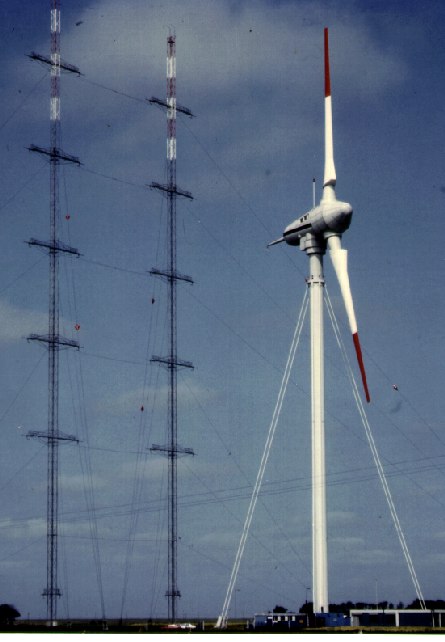
A little excursion: When I was a university student in the mid-1980s, on one of our bike tours along Germany's North Sea coast, we encountered the fabled "Growian", Germany's first large-scale wind turbine, for a time the world's largest - an experiment that failed spectacularly. 

Growian (Große Windenergieanlage, Large Wind Energy Facility) was built for 3 MW. The generator in 100m height weighed 340 tons, the two rotor blades together almost 50 tons. Mistakes made in design and material meant it rarely was operational, and widely considered a failure. 

I remember that at the time, many saw it as proof that wind energy is an illusion, a pipe dream. But of course the project suffered from all the hallmarks of big projects: centralised, unimaginative, power plays. The whole process did not find solutions to problems plaguing it. 

But possibly that was part of the plan: some claim (there are contemporary quotes that suggest as much) that it was a deliberate and targeted attempt to disqualify renewable energy while seeming to be engaged, i.a. to boost nuclear power against the environmental movement.
Wind breakthrough came just a few years later, when private initiatives and groups started building smaller projects that actually worked, produced electricity and made money. I remember the huge enthusiasm at the time. It was all very green. Then ... the big companies came in.
Supported by politics, they took control, squeezed most of the early initiatives and entrepreneurs out, and control the field to this very day. But I still remember small wind cooperatives negotiating with farmers and funders for projects in the early 90ies! And seeing "Growian".
• • •
Missing some Tweet in this thread? You can try to
force a refresh










